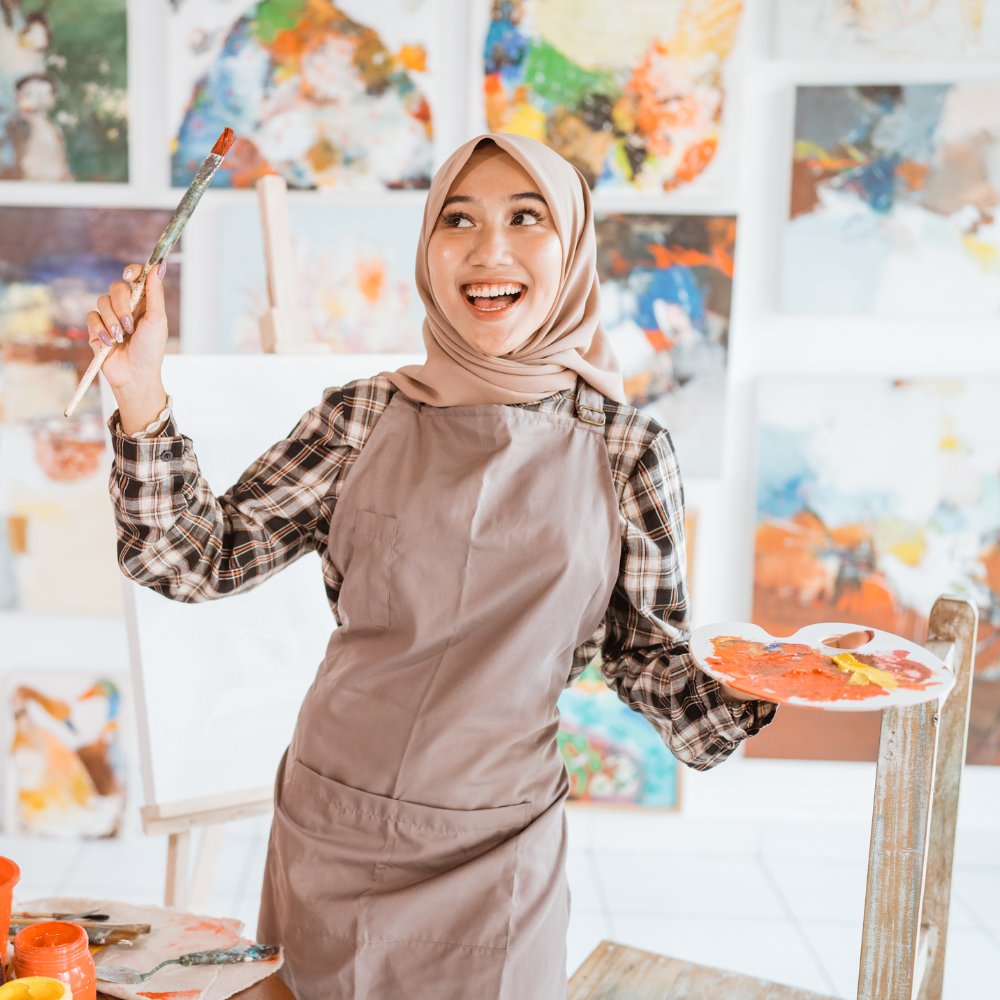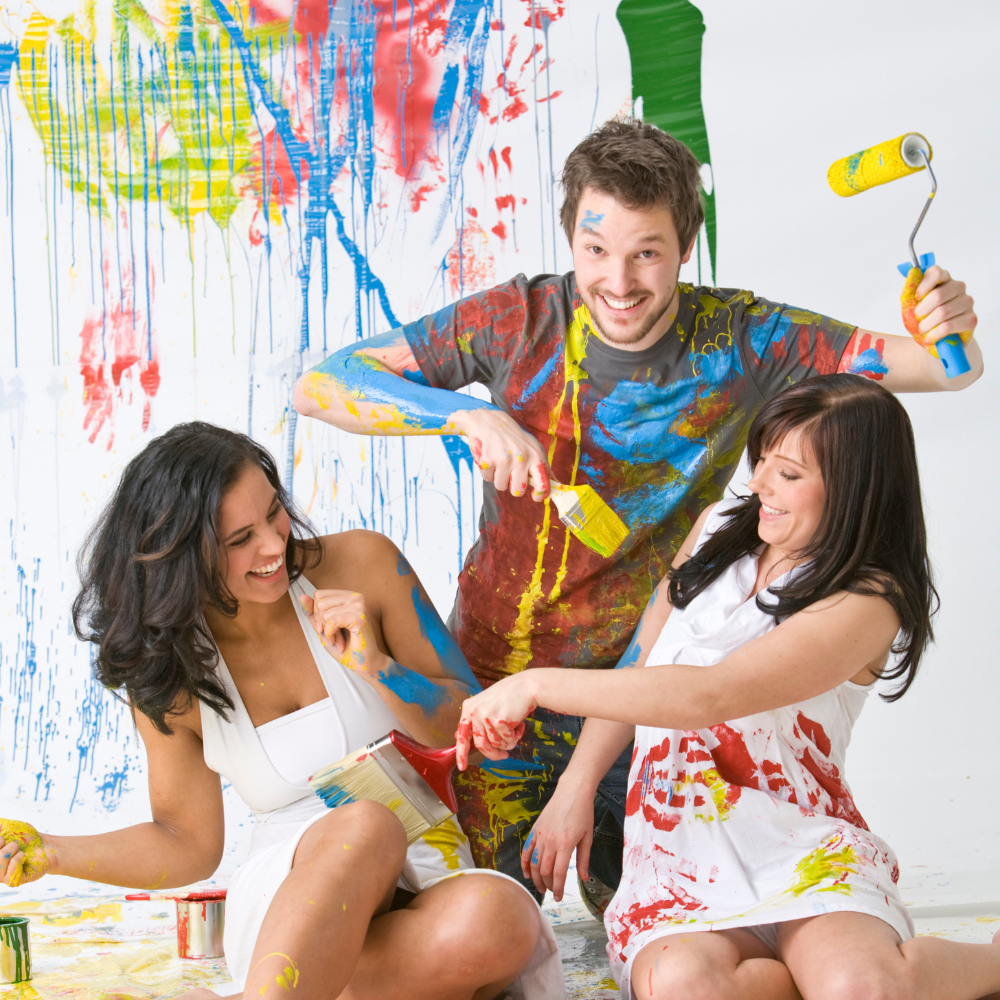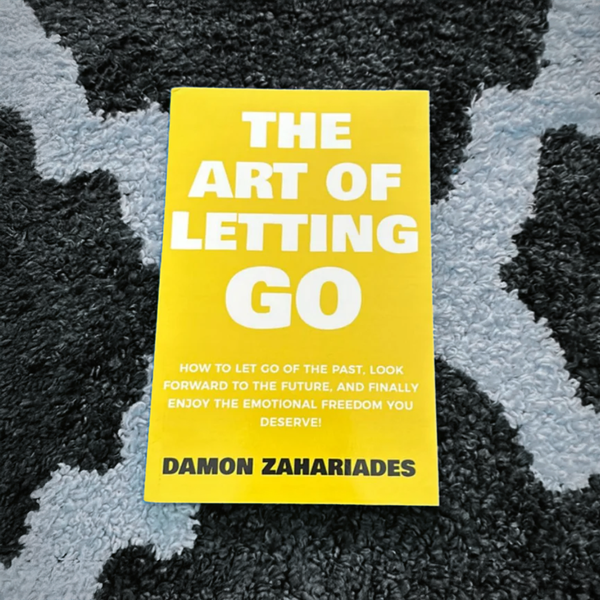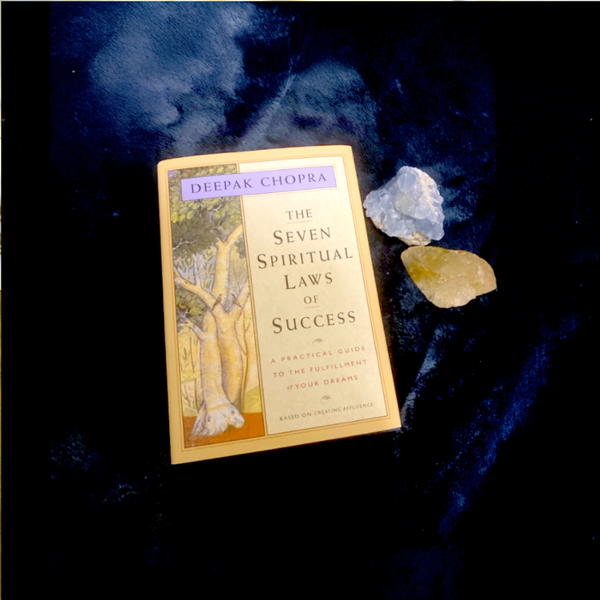Are you an artist who sometimes struggles to find creative inspiration?
Are you looking for something new to help spark your creativity and take your artwork to the next level?
What if I told you that the key for unlocking your creativity and creating meaningful, impactful art lies with its core essence: curiosity!
Curiosity is a fundamental tool of exploration and the driving force behind artists’ passion.
By embracing curiosity in our artistic practice, we can transform our creative vision from mundane to revolutionary.
Being curious is a powerful tool for all creators, as curiosity in art is essential for igniting our creative potential, fostering new ideas, and inspiring ourselves to explore.
Through learning how to cultivate an inquiring mind, we can learn how to craft meaningful pieces that are reflective of who we are and what we stand for.
Developing and maintaining an attitude of curiosity can be transformative in art, unlocking incredible possibilities that wouldn’t have existed without its help.
In this blog post, we'll delve into curiosity in art and creativity, why it's essential for creators to have a curious nature, and how exploring curiosity can take your work to the next level.
Whether you are an up and coming artist or have been crafting masterpieces for decades, this blog post is guaranteed to offer insight into how cultivating the 4C's (courage, curiosity, creativity, and collaboration) can unlock your innermost potential as an artist!
Let's dive deeper into why curiosity is crucial for expressing yourself in a creative way – read on as we show you how being curious helps us engage more deeply with our work!
So, get ready –you’re about to embark on a creative journey through joyous creativity built upon generational lessons delivered through curious expressions!
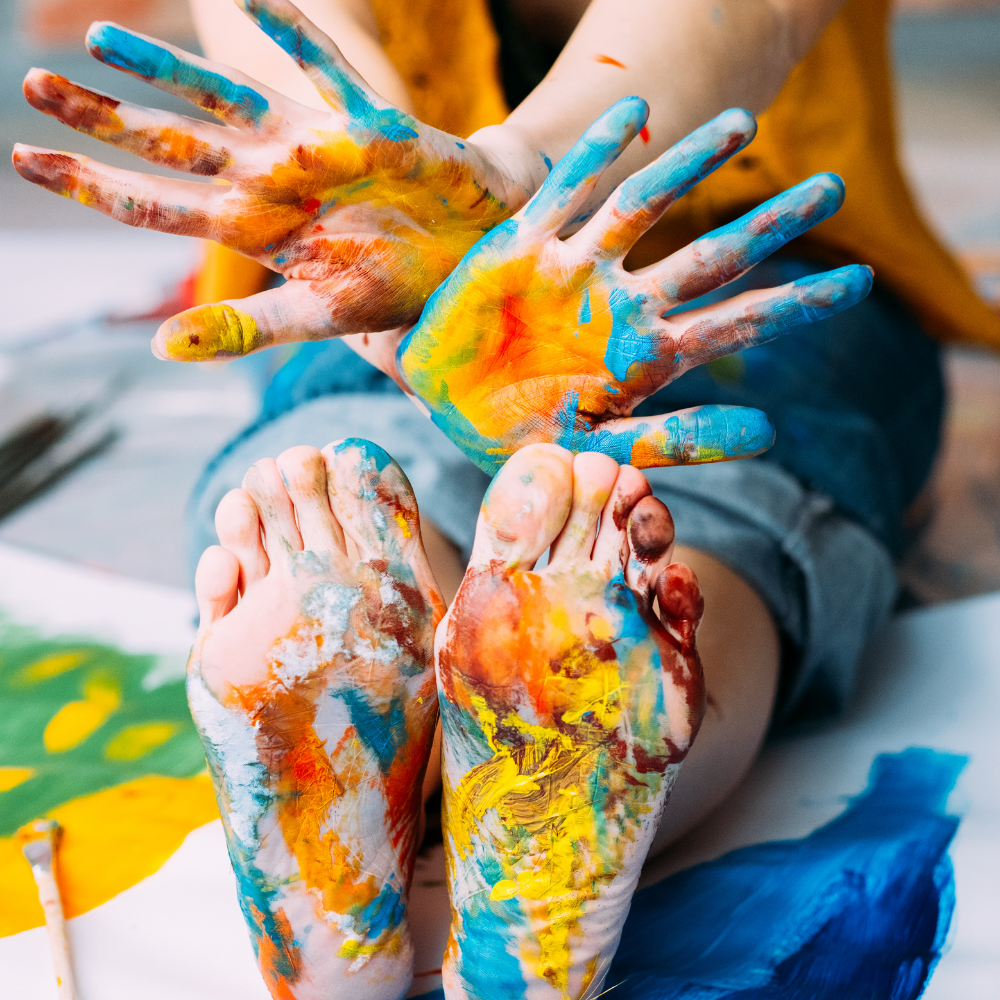
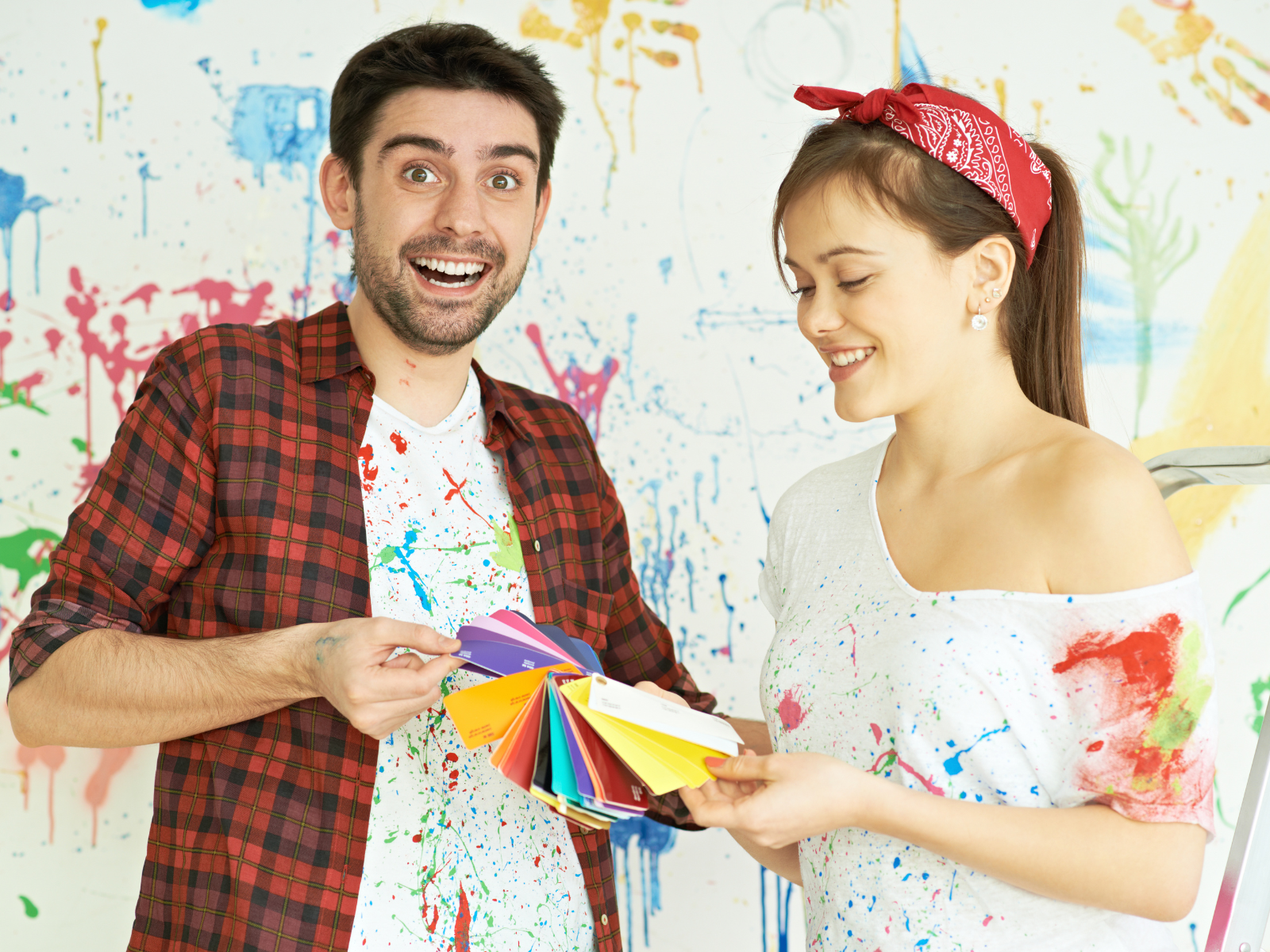

Curiosity Art: What's That?
Imagine you're an artist or creator (or maybe you are, in which case, you're ahead of the game).
You've got your paintbrushes, your easel, and your palette loaded with colors.
But instead of having a clear vision of what you're about to create, all you have is a nugget of an idea.
That's where curiosity art comes in. It's all about letting that little nugget lead you down a rabbit hole of creativity.
It's saying, "I wonder what would happen if..." and then doing it.
Maybe it's trying a new medium, experimenting with a different technique, or simply embracing the unknown and letting go of control.
Whatever the case may be, curiosity art is about opening yourself up to possibilities and allowing your natural curiosity to guide you in your artistic process.
Curiosity is often described as the engine that drives creativity.
It’s the spark that ignites our imagination and fuels our passion for creating.
Without curiosity, art can become stagnant and uninspired – just another cookie-cutter replication of what's already been done before.
But with a curious mind, we can break free from conventional methods and take our work to new heights.
The visual arts have always been a mode of exploration, showcasing the wonders of the world through colorful expressions and innovative designs.
Artists throughout history have used their curiosity to push boundaries and create works that challenge societal norms and inspire change.
Art helps us see the world in a new light, opening our eyes to the beauty and complexity of life.
And it all starts with curiosity.
Through embracing curiosity in art material and our new projects, we can break free from limitations and push ourselves to explore new concepts, techniques, and mediums.
We become more open-minded, willing to take risks and try new things without fear of failure.
Curiosity allows us to see mistakes as opportunities for growth and learning, rather than roadblocks to our success.
It encourages us to question, experiment, and create without boundaries.
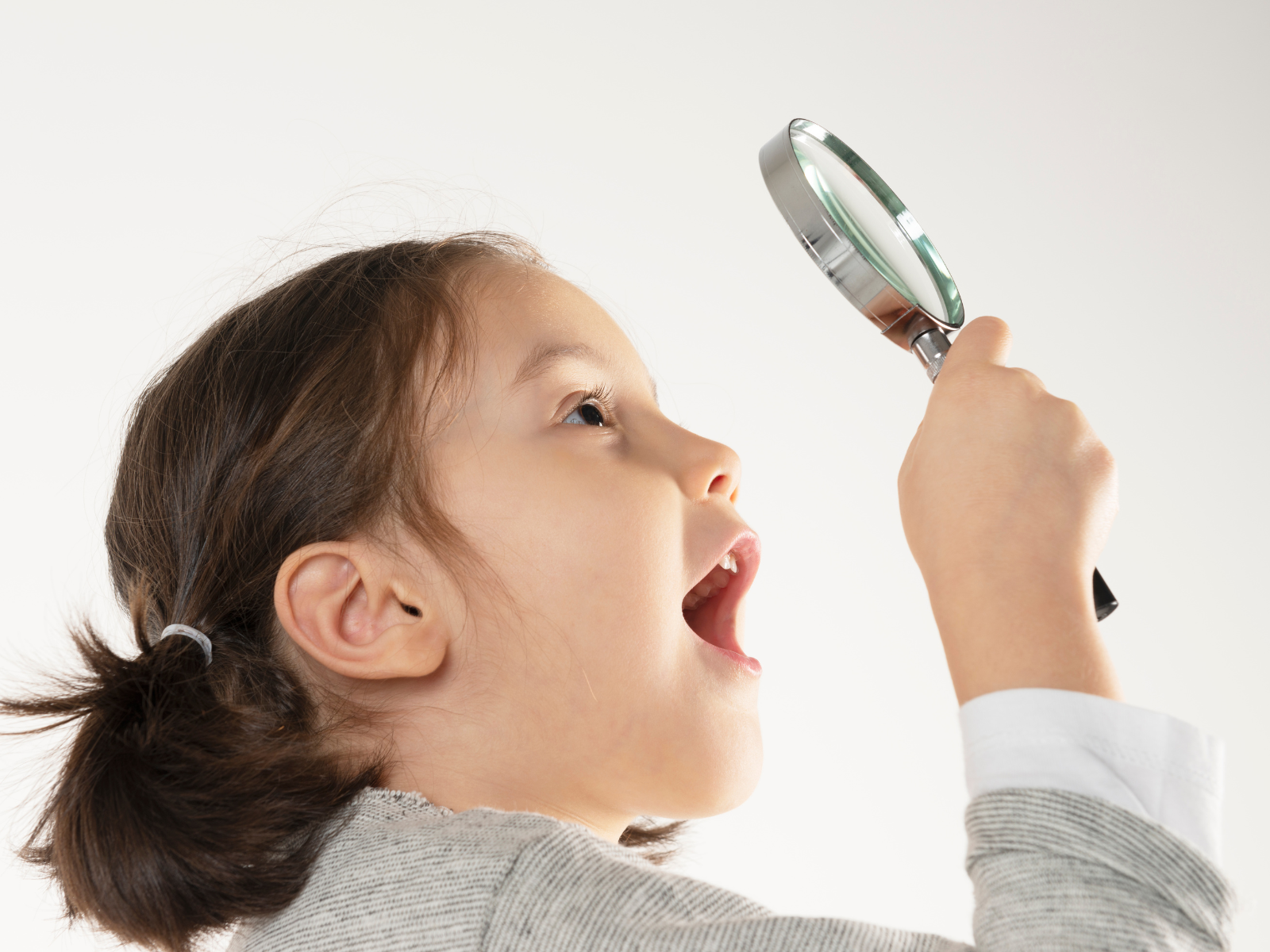

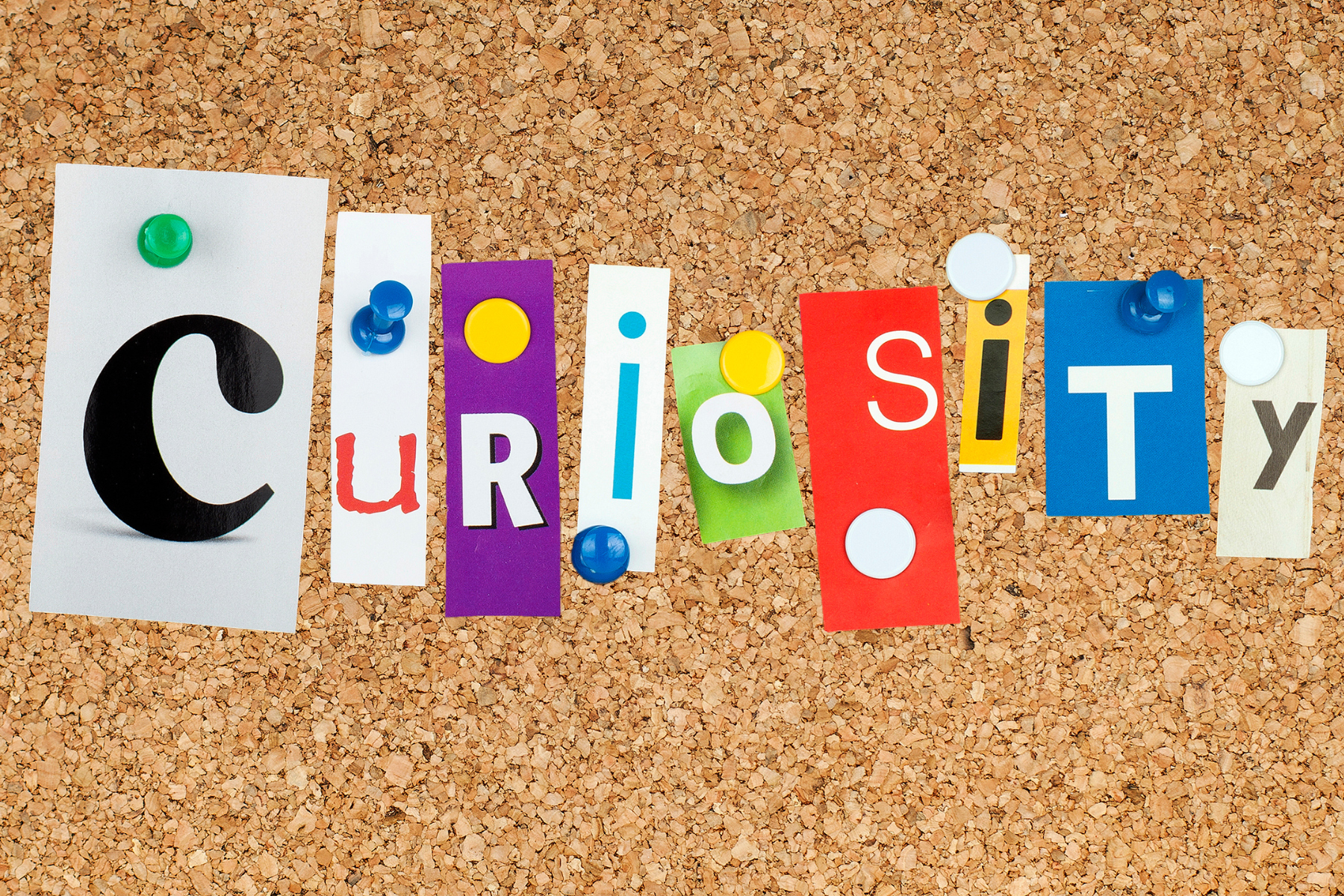
Why Curiosity Matters
Curiosity is like a secret weapon for artists.
It's the spark that ignites the creative process, guiding you towards new ideas and unexpected directions in your work.
When you let curiosity guide you, you're not just creating art; you're embarking on an adventure.
And isn't that way more fun?
Plus, curiosity encourages us to keep learning and exploring, which in turn leads to growth and development as an artist.
But it's not just about the final product – curiosity also adds depth and meaning to our work.
By constantly questioning and seeking out new perspectives, we can infuse our art with layers of complexity that resonate with viewers on a deeper level.
It's no secret that art is all about creative expression; artists are encouraged to take risks, be inventive, and push boundaries.
But how can you maintain that level of creativity over time?
The answer is simple; you need to cultivate a curious nature.
When artists allow themselves to be curious, they create space for new ideas and inspiration to blossom.
Curiosity sparks our imagination and encourages us to experiment with new techniques, materials, and subjects. It's what makes art exciting and dynamic.
Moreover, curiosity can be a powerful form of self-expression.
The world around us is always changing, and our curiosity can help us to explore new perspectives and ideas.
Whether you're working with traditional techniques, digital media, or mixed media, allowing yourself to be curious is essential for staying engaged and passionate about your work.
By following your curiosity, you can create art that is truly reflective of who you are and what you stand for.


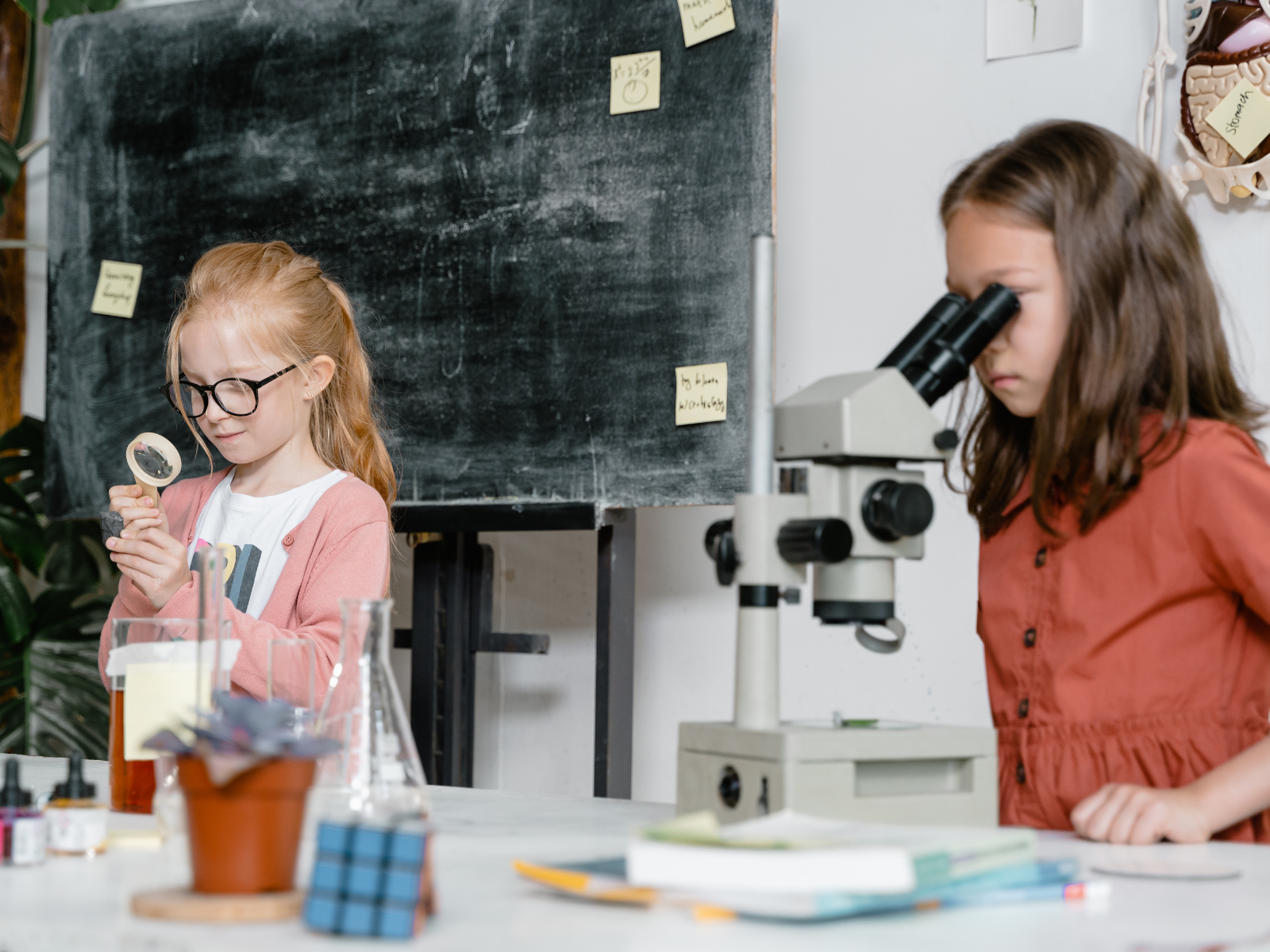
The Benefits of Curiosity in Art
Curiosity is not just beneficial for artists, but for all individuals seeking to explore their creative side.
Here are a few reasons why curiosity in art is essential:
- Encourages personal growth: Curiosity allows us to continuously learn and grow as artists, pushing our boundaries and expanding our skills.
- Sparks new ideas: By embracing curiosity, we open ourselves up to new perspectives and ideas, leading to fresh and innovative creations.
- Fosters experimentation: Curiosity encourages us to experiment with different techniques, mediums, and styles, which can lead to unexpected discoveries and breakthroughs in our work.
- Allows for self-expression: Our curiosity can help us explore our inner selves and express our thoughts, emotions, and beliefs through art in a meaningful way.
- Promotes engagement: When we are curious, we become fully engaged in our work, which can lead to increased satisfaction and fulfillment as an artist.
Curiosity can take many forms, from asking questions to exploring new mediums, reading, attending workshops, and collaborating with other artists.
This willingness to explore and take risks fosters personal growth, leading to a better understanding of oneself, their art, and the world around them.
The significance of curiosity is not just limited to the artist's creative process.
Curiosity can also turn art into a form of communication that encourages the audience to explore, question, and discover.
Beyond the literal meaning of a work of art, lies a deeper layer of interpretation and nuance.
Curiosity encourages the viewer to challenge their perceptions and biases, empowering them to engage more deeply with the piece of art and the artist behind it.
Furthermore, curiosity can also facilitate collaboration and connection between artists.
By being open to new ideas and sharing our curiosity with others, we can break down barriers and build meaningful relationships that elevate our art.
In a world where creativity is often undervalued, curiosity in art is more important than ever.
It not only allows us to tap into our inner artist but also empowers us to break free from societal norms and conventions.



Implementing Curiosity in Your Creative Practice
Now that we’ve explored the importance and benefits of curiosity in art, how can you cultivate it within your own artistic practice?
Curiosity is not something that can be forced; it must come naturally.
However, there are a few ways you can encourage and foster the growth of your curiosity.
Reflection: The Starting Point of Curiosity Art
The first step on your curiosity-led artistic journey is reflection.
What aspects of your chosen art form ignite your curiosity?
What questions keep you awake at night?
Once you've pinpointed these curiosity triggers, you can tailor your creative practice to explore them further.
For example, if you're a painter who is constantly questioning color theory, try experimenting with different color combinations and techniques to see what sparks your curiosity.
Or if you're a sculptor curious about the human form, challenge yourself to create non-traditional representations of the body.
As an artist, it's also essential to reflect on how curiosity can lead us down unexpected paths.
Be open to exploring new mediums, techniques, and styles that may not seem like a natural fit for your usual practice.
You never know where your curiosity might take you and the incredible discoveries you may make along the way.
The Art of Questioning
One powerful method to explore your curiosity is to question everything.
How would your concept translate across different mediums, genres, or styles?
How might this theme be interpreted in a different culture or era?
How can you push the boundaries of what's considered "acceptable" in your art?
By constantly challenging our perspectives and seeking new answers, we can tap into a never-ending well of curiosity that fuels our creativity and drives us towards innovative work.
Free Association: The Key to Innovation
Another approach is to let your mind roam freely, allowing for innovation.
This technique, called 'free association', involves scanning your surroundings for anything that piques your interest.
By allowing yourself to connect seemingly unrelated ideas, you'll often stumble upon innovative and unique creations.
Free association can lead to unexpected juxtapositions, new interpretations, and bold artistic decisions; it allows a sort of cross pollination between your subconscious and conscious mind.
It's all about embracing the unknown and letting your curiosity guide the way; it allows you to work intuitively and create from a place of pure inspiration.
Observation: The Gateway to Inspiration
Curiosity art begins with observation; as an artist, the senses of the human body are crucial tools.
Spend time truly experiencing the world around you and focus on the little details that often go unnoticed.
Observe how light plays across different surfaces, the way people interact with one another, and the unique qualities of your surroundings.
Notice the minute details, the changing sounds, the variety of textures, the array of scents, the plethora of tastes.
These sensory experiences not only enrich your understanding of the world but also serve as an endless source of inspiration.
Through observing, you can spark your curiosity and train your mind to be more inquisitive and open.
By observing the world with a curious and open mind, you'll find endless possibilities for creative exploration.

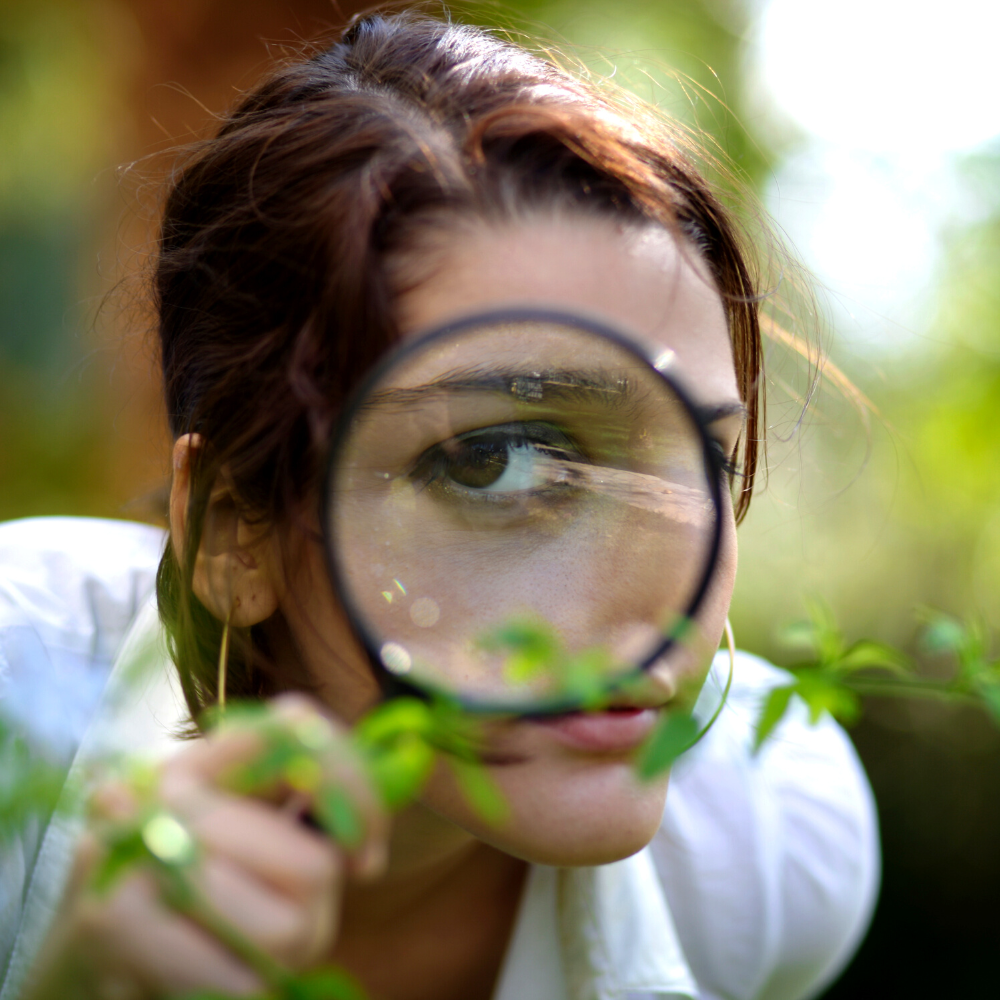
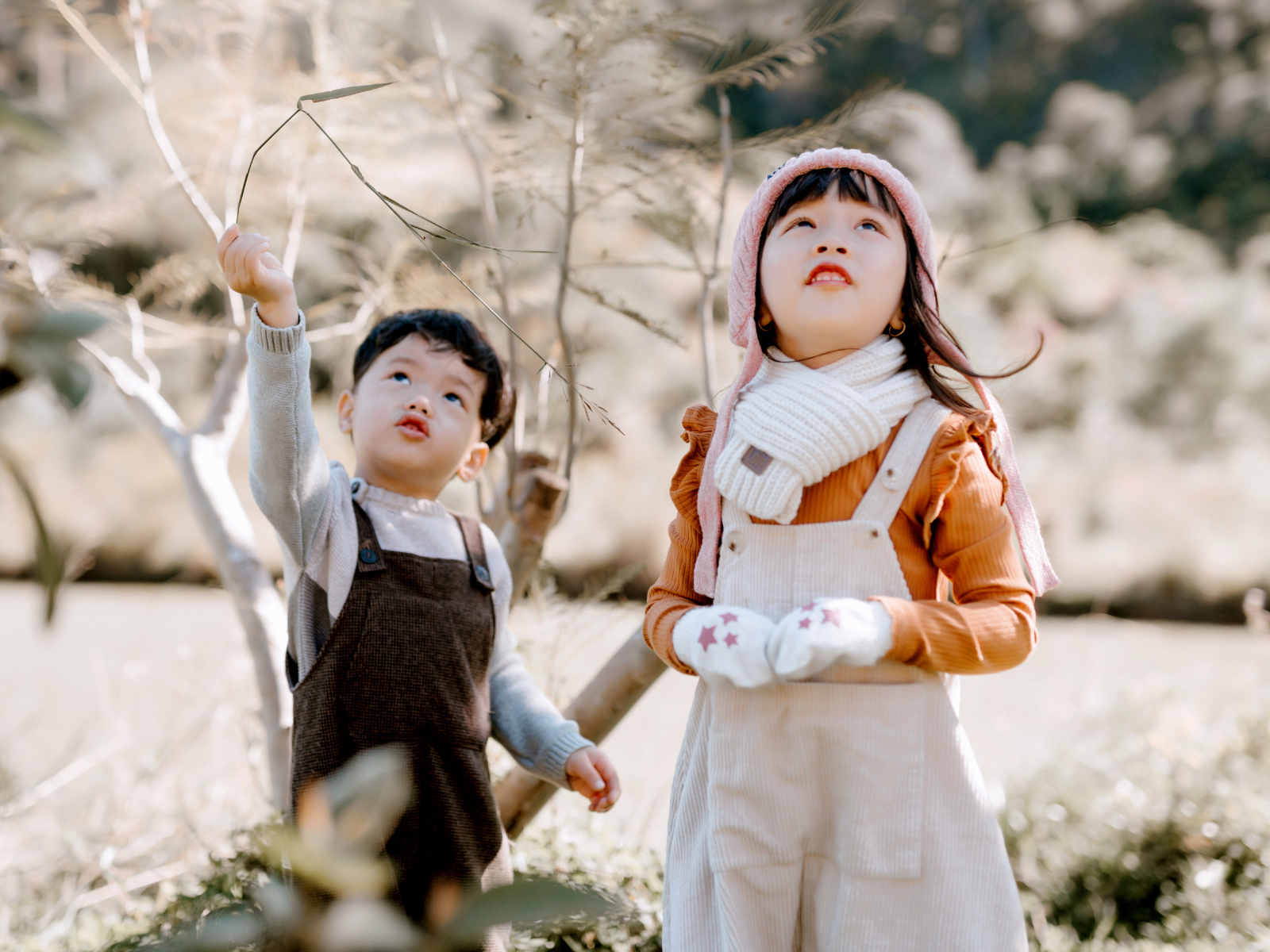
Embracing the Unknown
Unpredictability is a fundamental aspect of curiosity art.
It's about stepping into the unknown and being receptive to unexpected discoveries.
Remember, art isn't about right or wrong; it's about exploration and expressing your unique viewpoint.
Embrace this uncertainty, and let your curiosity lead the way.
You never know where it might take you.
Experimentation: The Pulse of Curiosity Art
Experimentation is the lifeblood of curiosity in art.
Fearlessly try new things, take risks, and shatter the rules.
Play with different mediums, styles, techniques that you've never explored before.
You might create something beyond your wildest dreams.
Or you might fail spectacularly – but even then, you've learned something new, and that's the beauty of embracing curiosity in your artistic practice.
Courage: The Backbone of Curiosity Art
Finally, to truly make the most out of curiosity art, we must embrace courage.
It takes courage to push boundaries and challenge the status quo.
It takes courage to be vulnerable and open yourself up to new ideas.
It takes courage to trust your curiosity and let it lead you in uncharted waters.
But, as they say, fortune favors the bold – and in this case, courage is the key to unlocking our fullest potential as artists.
'What If?': A Catalyst for Creativity
The question 'What if?' is a potent catalyst for curiosity.
What if you painted using only your fingers?
What if you wrote a story from the antagonist's viewpoint?
What if you composed a symphony using only household items?
By defying convention, 'What if?' propels you out of your comfort zone and unlocks a realm of creative possibilities.
It's a question that encourages us to think outside the box and embrace our curiosity without limitations.
The Curiosity Journal: Your Personal Idea Repository
Consider maintaining a curiosity journal.
Record anything that intrigues you - a thought-provoking quote, a vivid dream, a snatched conversation, an awe-inspiring view, a fascinating fact.
Regularly revisiting your entries can reveal recurring themes or patterns, which could inspire your next masterpiece.
Your curiosity journal can also serve as a reminder to continually seek out new experiences and perspectives, no matter how small.
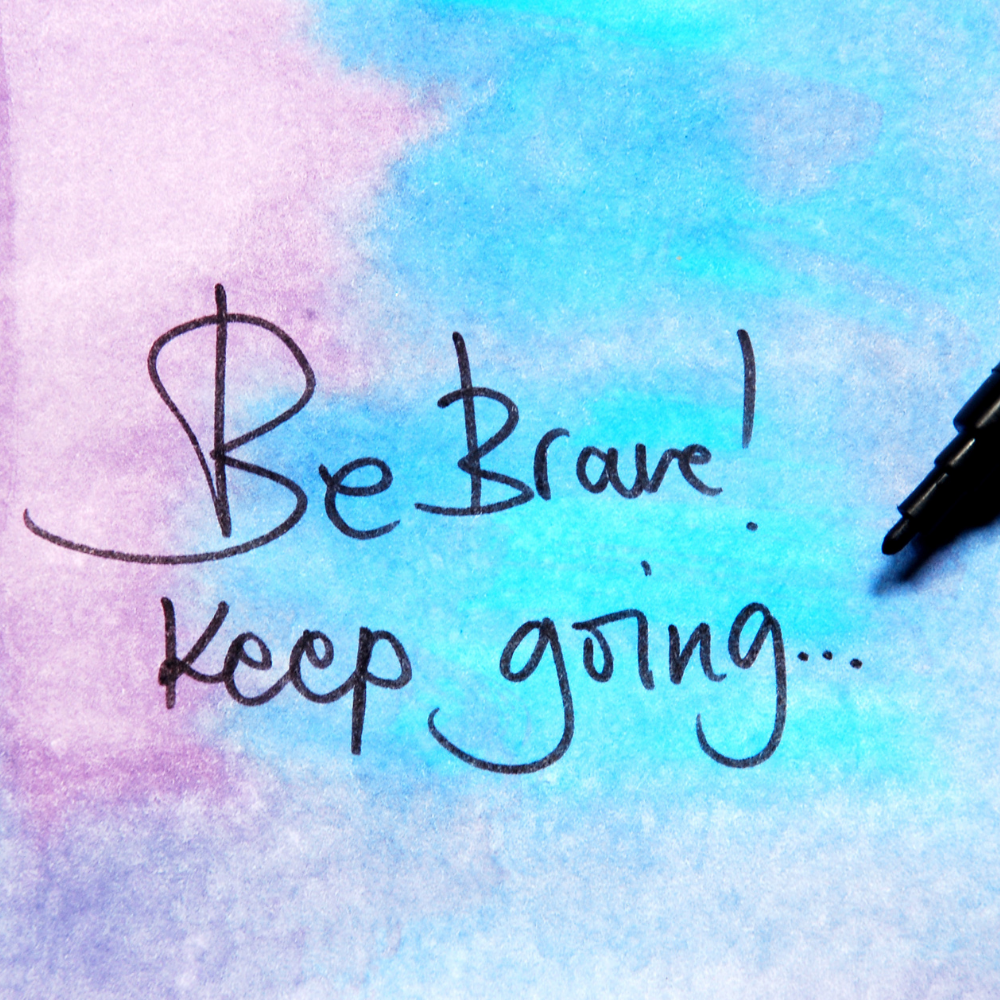
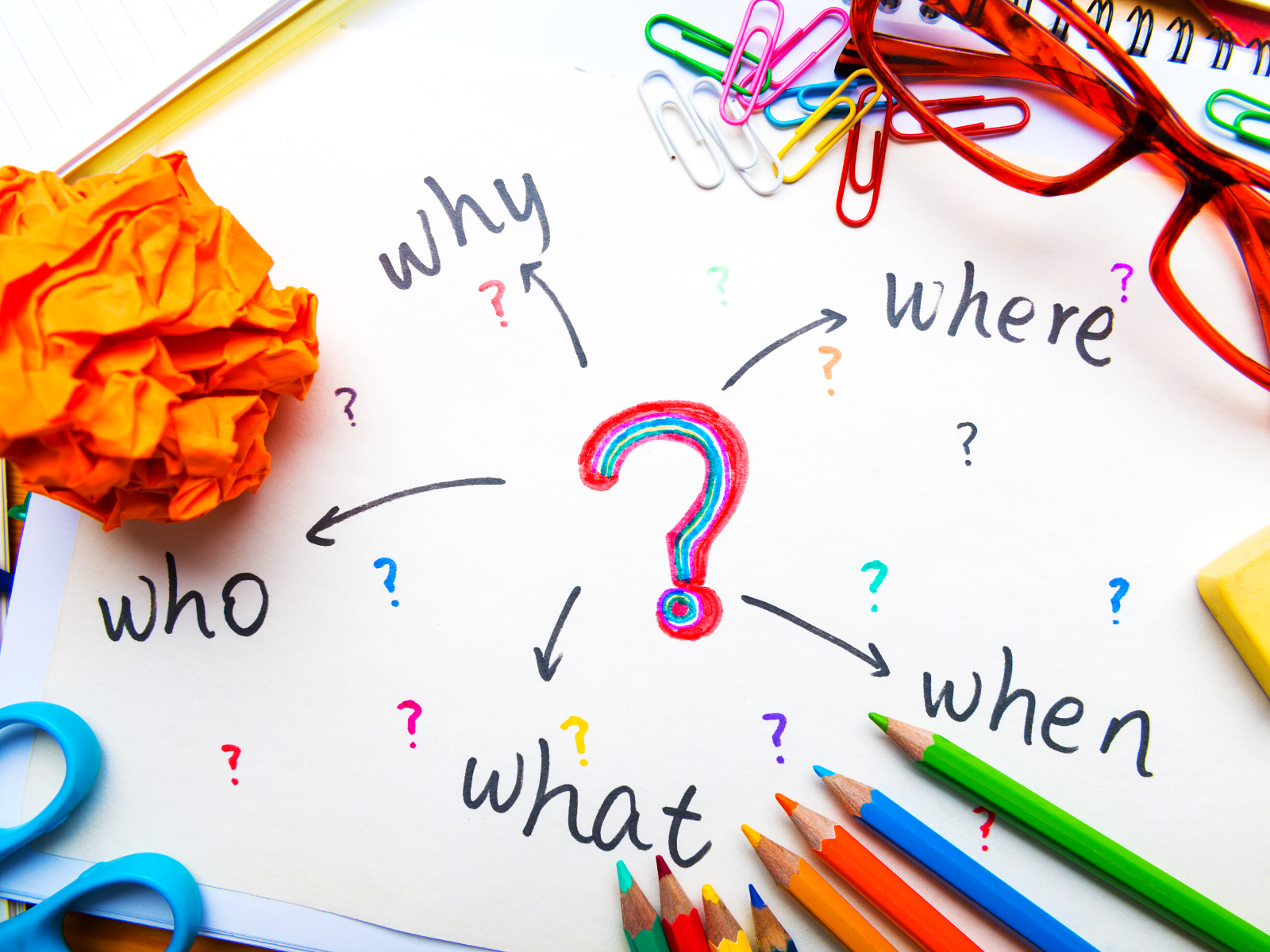
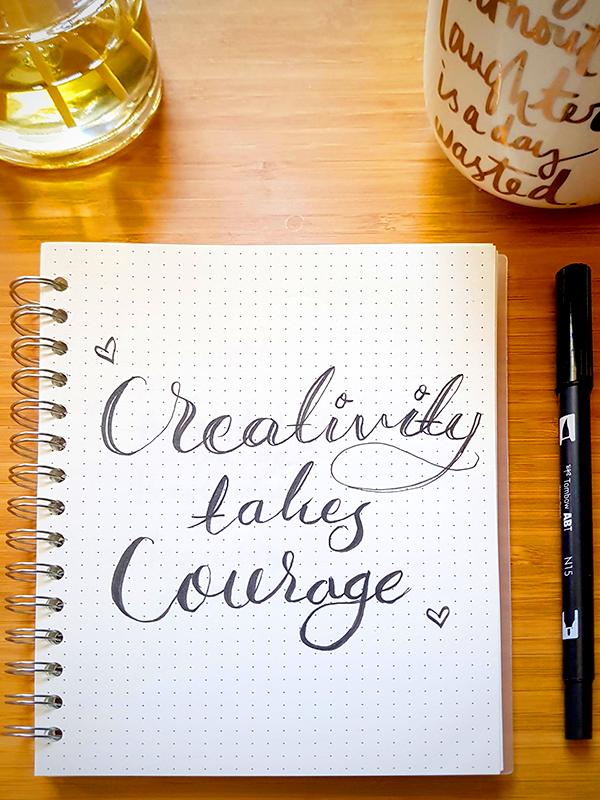
How to Cultivate a Curious Mindset
So, how do you become more curious?
Here's the secret: you already are!
Remember when you were a kid and everything was interesting?
That's the mindset you want to tap into.
Here are some practical tips:
- Ask questions. Why does the sky change color at sunset? What would happen if trees were purple? The more questions you ask, the more curious you'll become.
- Embrace uncertainty. Not knowing where your art will end up can be scary, but it's also exciting. Embrace the thrill of the unknown.
- Experiment. Try new techniques, new mediums, new styles. You might discover something amazing.
- Practice mindfulness. Pay attention to your surroundings and observe the world with a curious mind.
- Get out of your comfort zone. Do something that scares you, whether it's taking an art class in a medium you've never tried or exhibiting your work for the first time.
- Collaborate. Working with other artists can spark new ideas and perspectives, leading to astounding creations.
- Keep learning. The more you learn, the more curious you'll become. Attend workshops, take classes, read books -- the possibilities are endless.

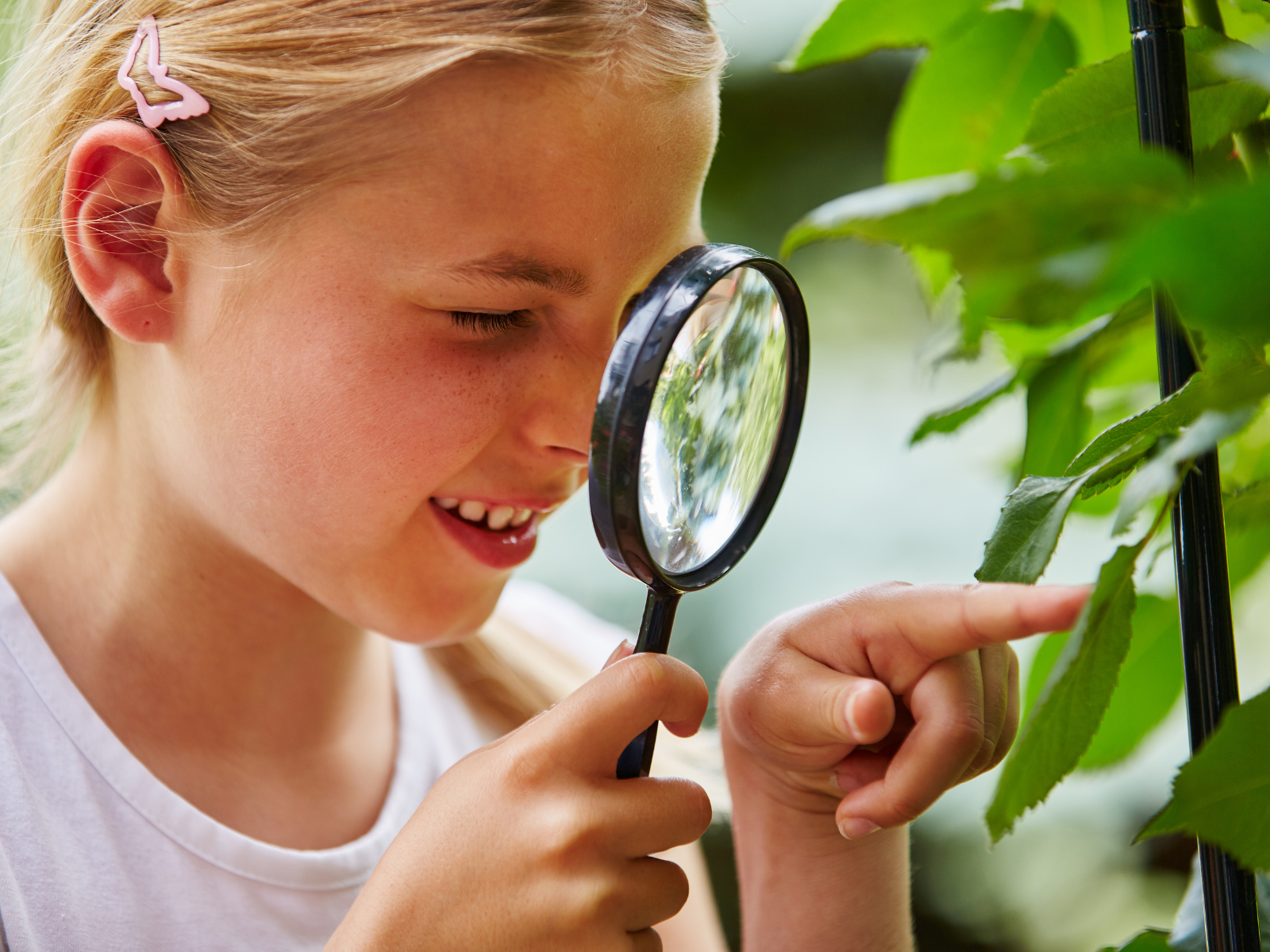

Overcoming Creative Blocks with Curiosity
Ever found yourself stuck in a creative rut?
Here's a curiosity hack: do something completely different.
Paint with your non-dominant hand.
Write a poem about a toothbrush.
Dance like a flamingo.
It might sound silly, but these out-of-the-box activities can spark new ideas and help you break free from creative blocks.
By igniting your curiosity, you allow yourself to let go of perfectionism and embrace the process of creating without expectations.
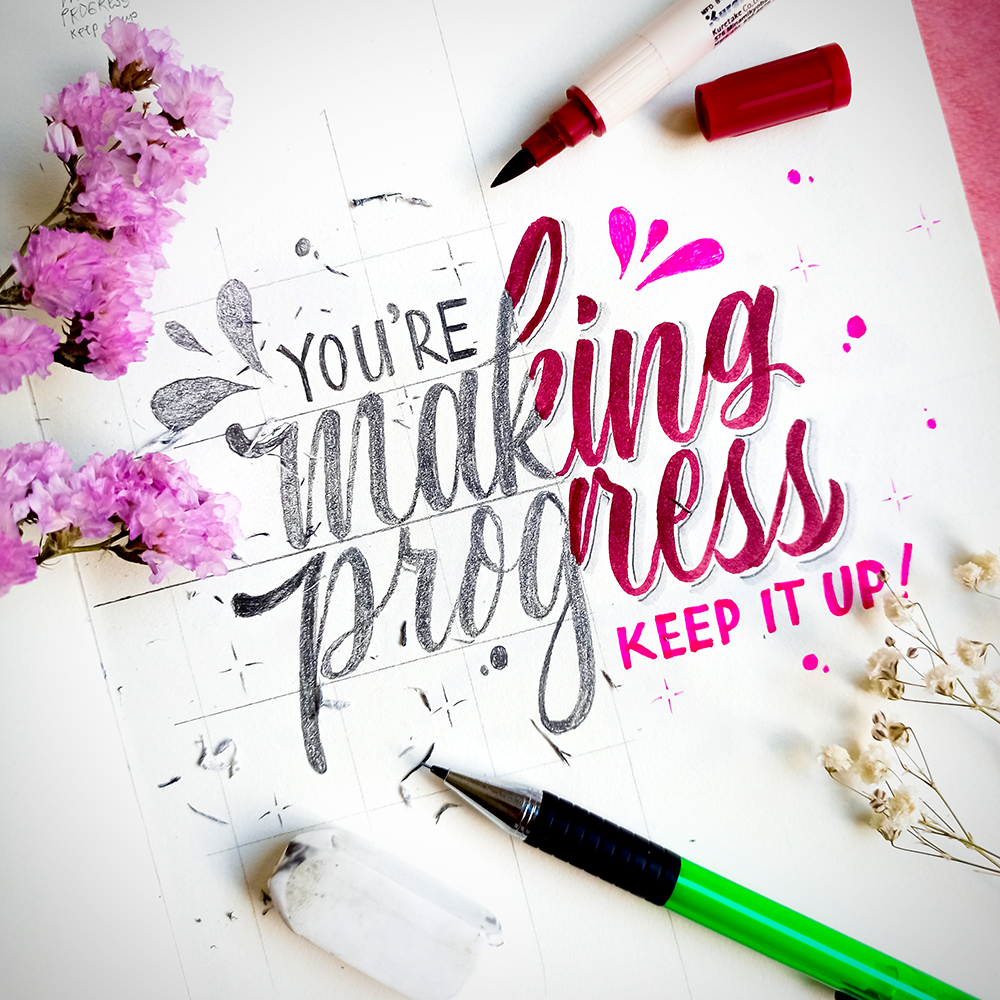
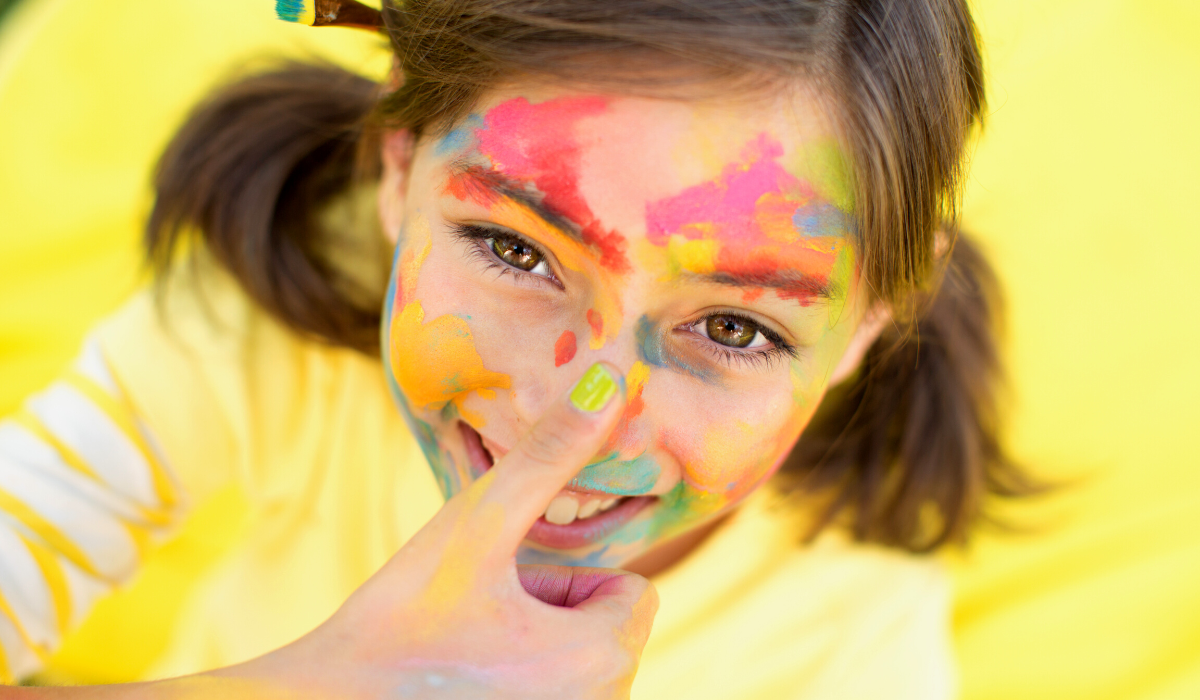
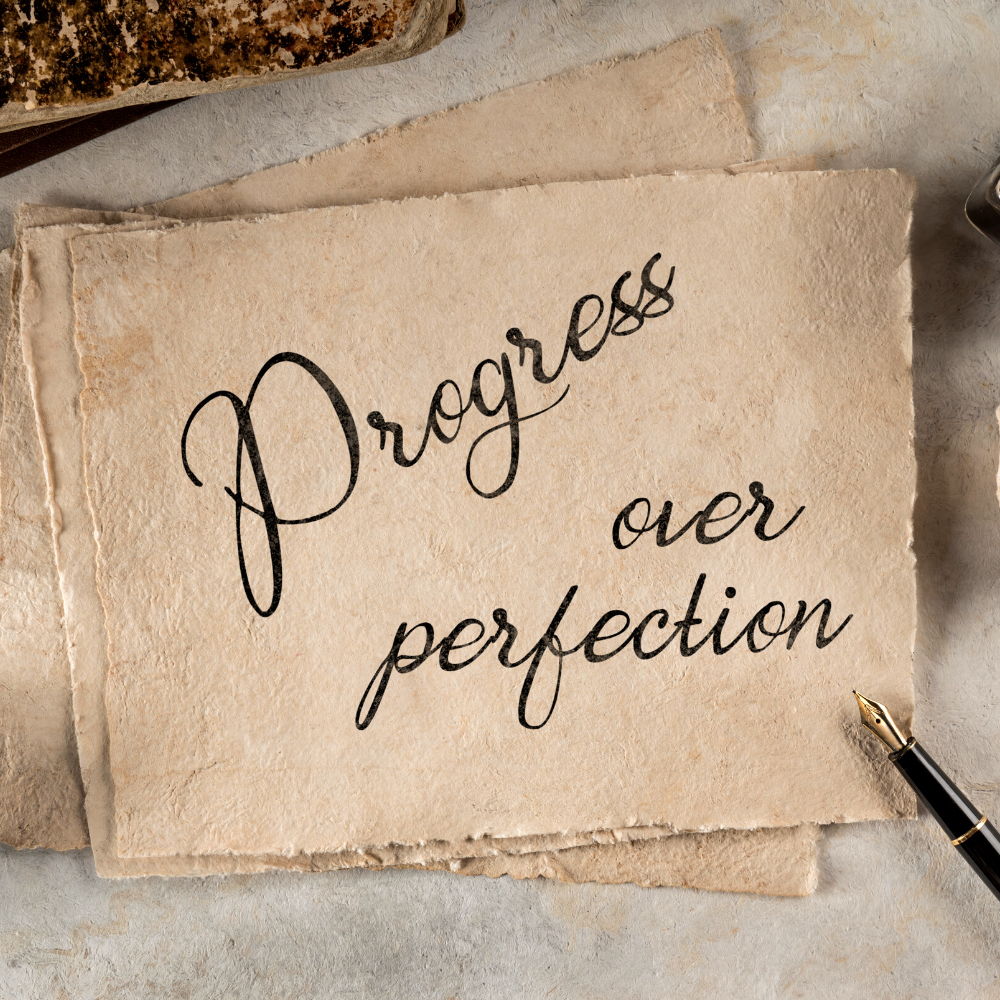
Get Curious and Stay Creative
Curiosity is the driving force behind art and an indispensable ingredient in the recipe for creativity.
It propels us to explore, experiment, and push boundaries.
It leads us down paths we never knew existed, opening our minds and hearts to new ideas and possibilities.
As creators, it's our responsibility to cultivate and nurture this innate characteristic within ourselves; we all aspire to create something that inspires and evokes emotion.
In the end, curiosity is all about a deep love for the art form itself; it's about the innate desire to continue learning, growing, and expressing oneself through creativity.
When we tap into our curiosity, we allow ourselves to be present and attentive to the ever-changing world around us, opening ourselves to a world of new possibilities.
Good art takes time, and exploration and curiosity are essential ingredients in the recipe for success.
Ready to let your curiosity run wild?
We can't wait to see where it takes you.
Remember, creativity isn't about creating the perfect piece of art; it's about exploration, discovery, and having fun.
Go forth, dear artist, and get curious – for the world is waiting to be explored through your unique perspective and creativity.
So, keep creating, keep exploring, and never stop asking 'What if?' because that's where true curiosity lies.
Let your art be a canvas of your boundless curiosity – vibrant, fearless, and endlessly inspiring.
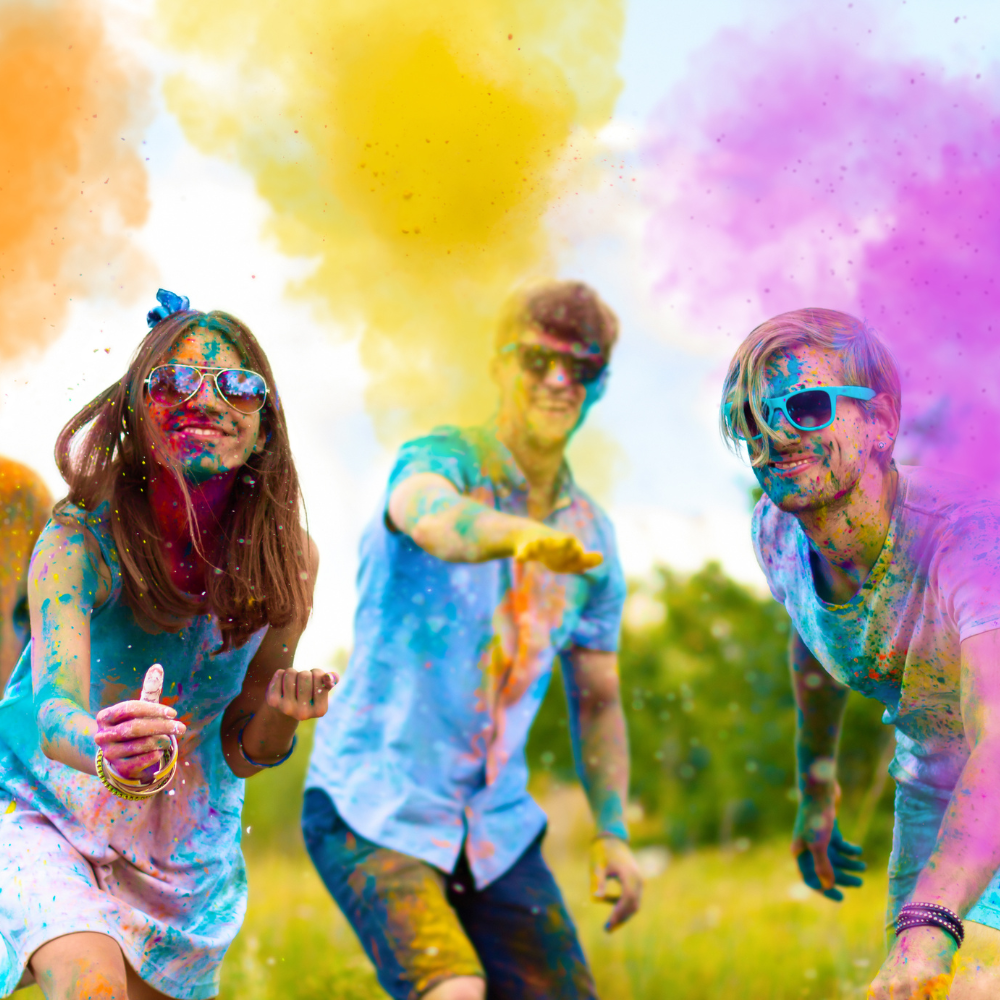
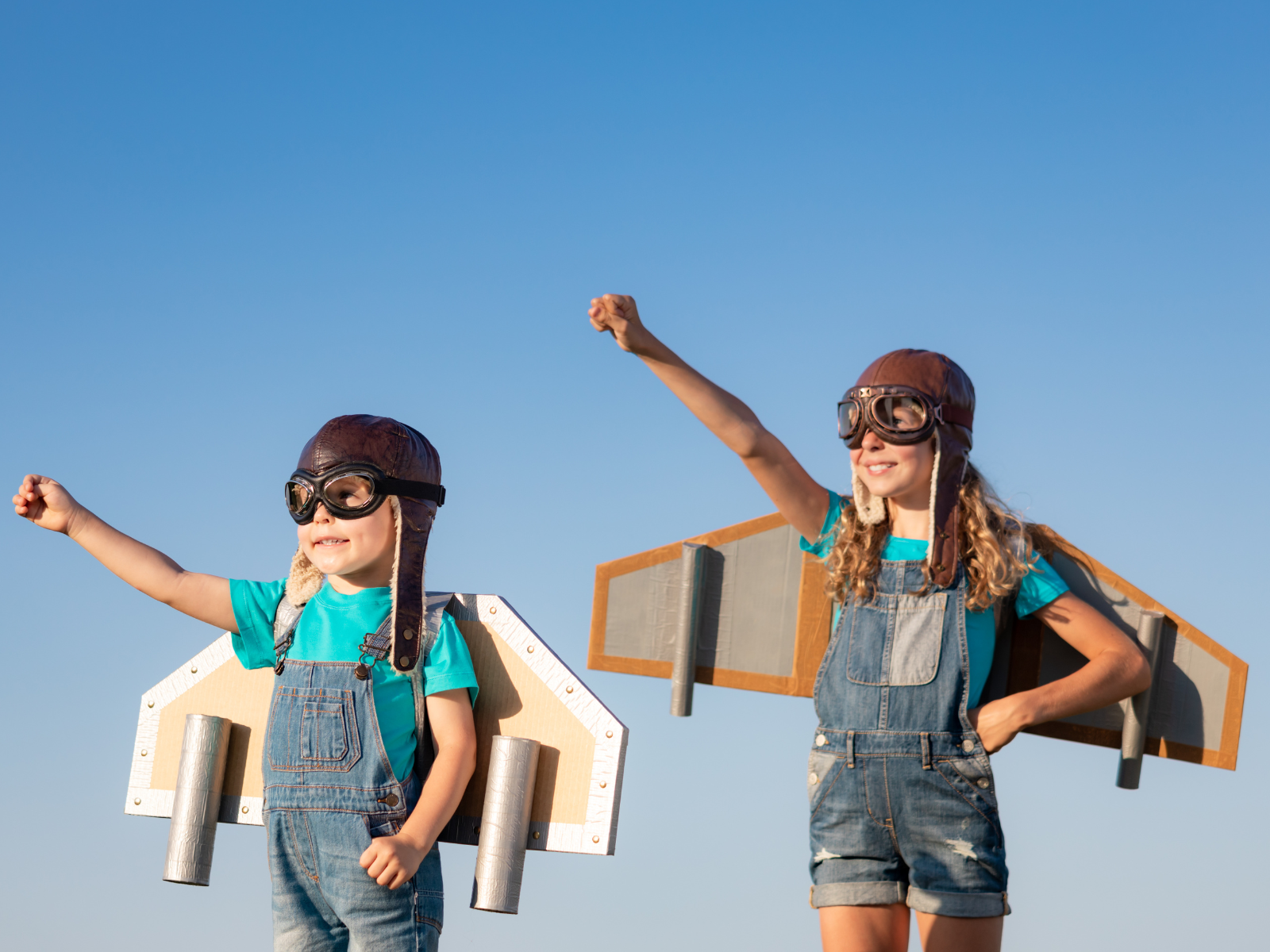
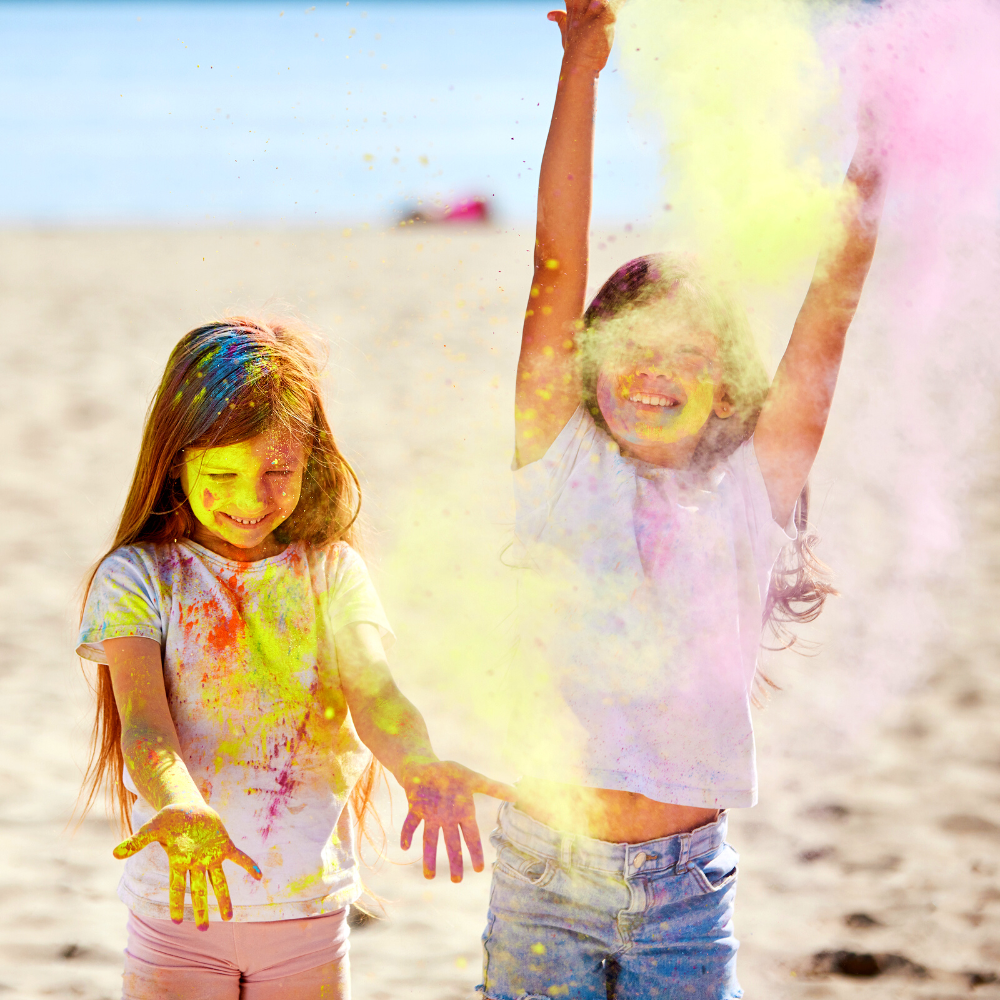
Ready to use curiosity to fuel your creativity? Check out this TEDx Talks' video!
Want even more content about creativity and art?
Be sure to check out all of our creative chronicles!
Eager to explore your creativity?
Check out some of our other articles:
-Nourishing your creative soul
